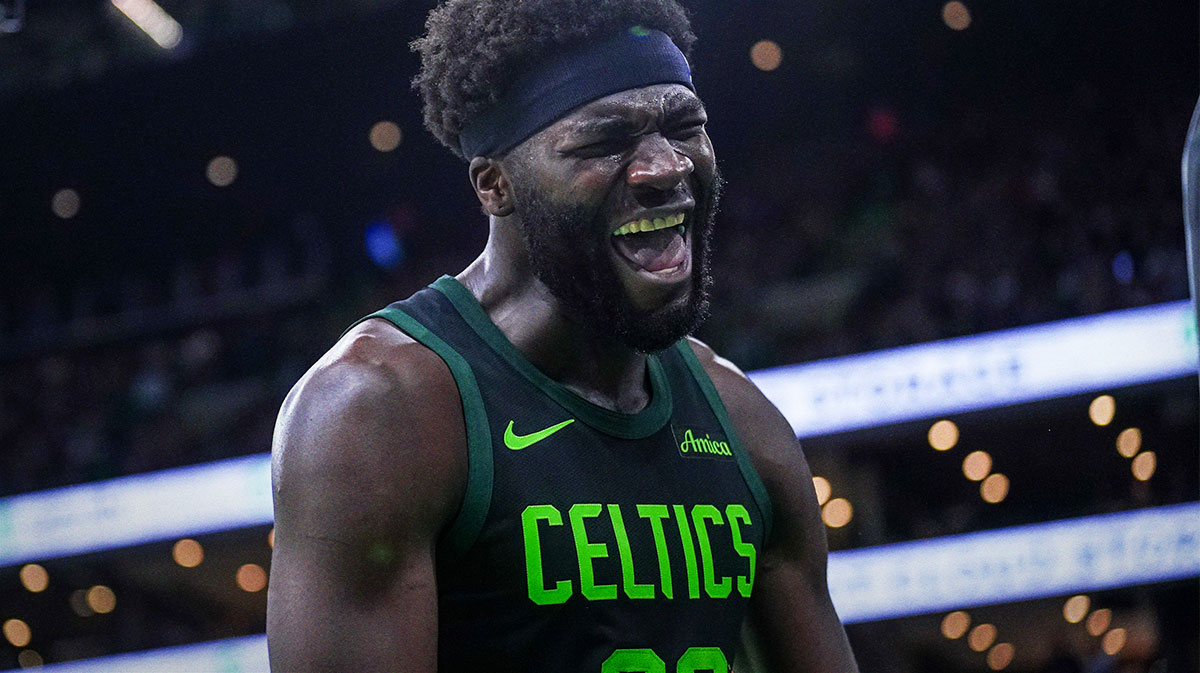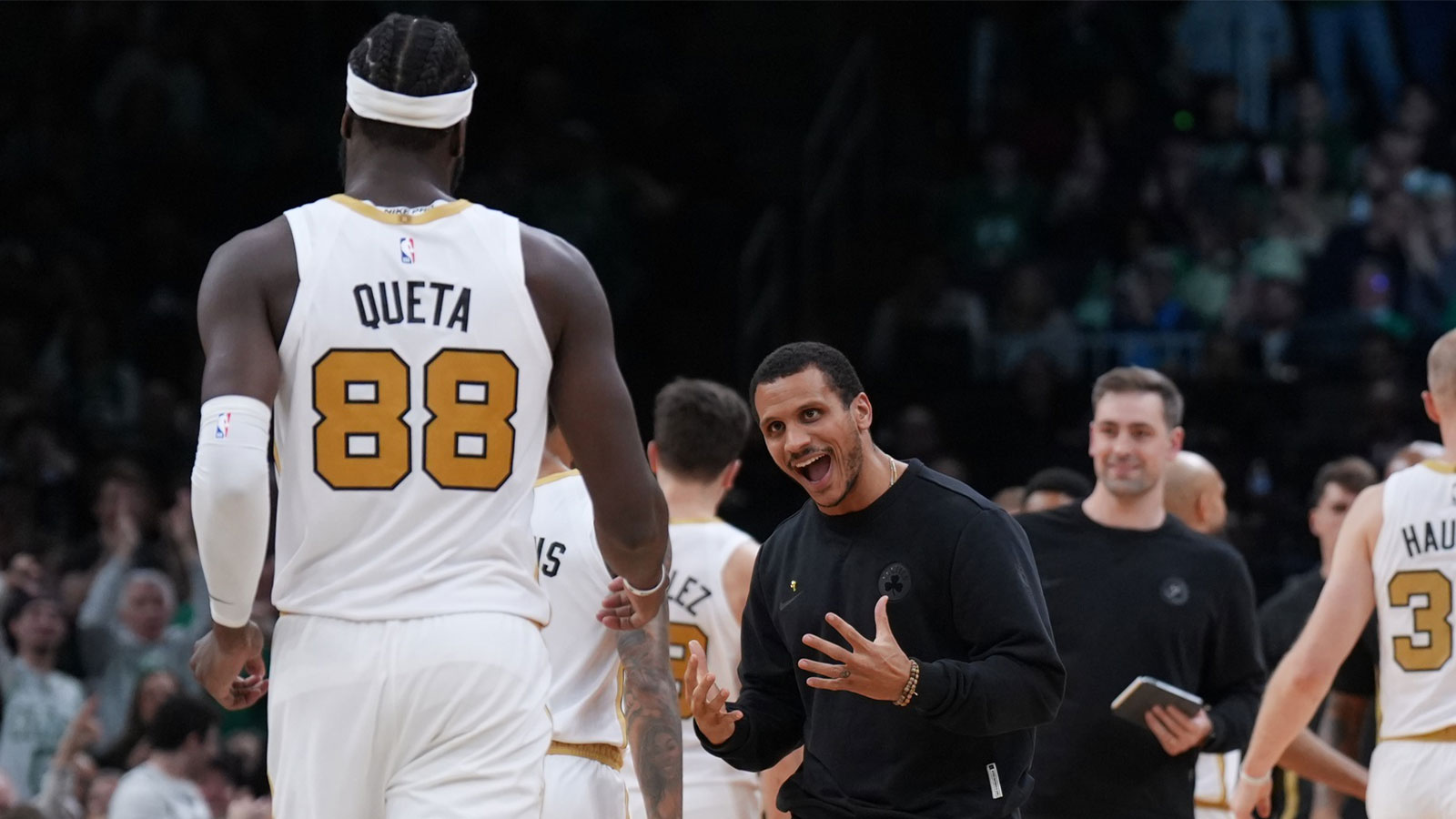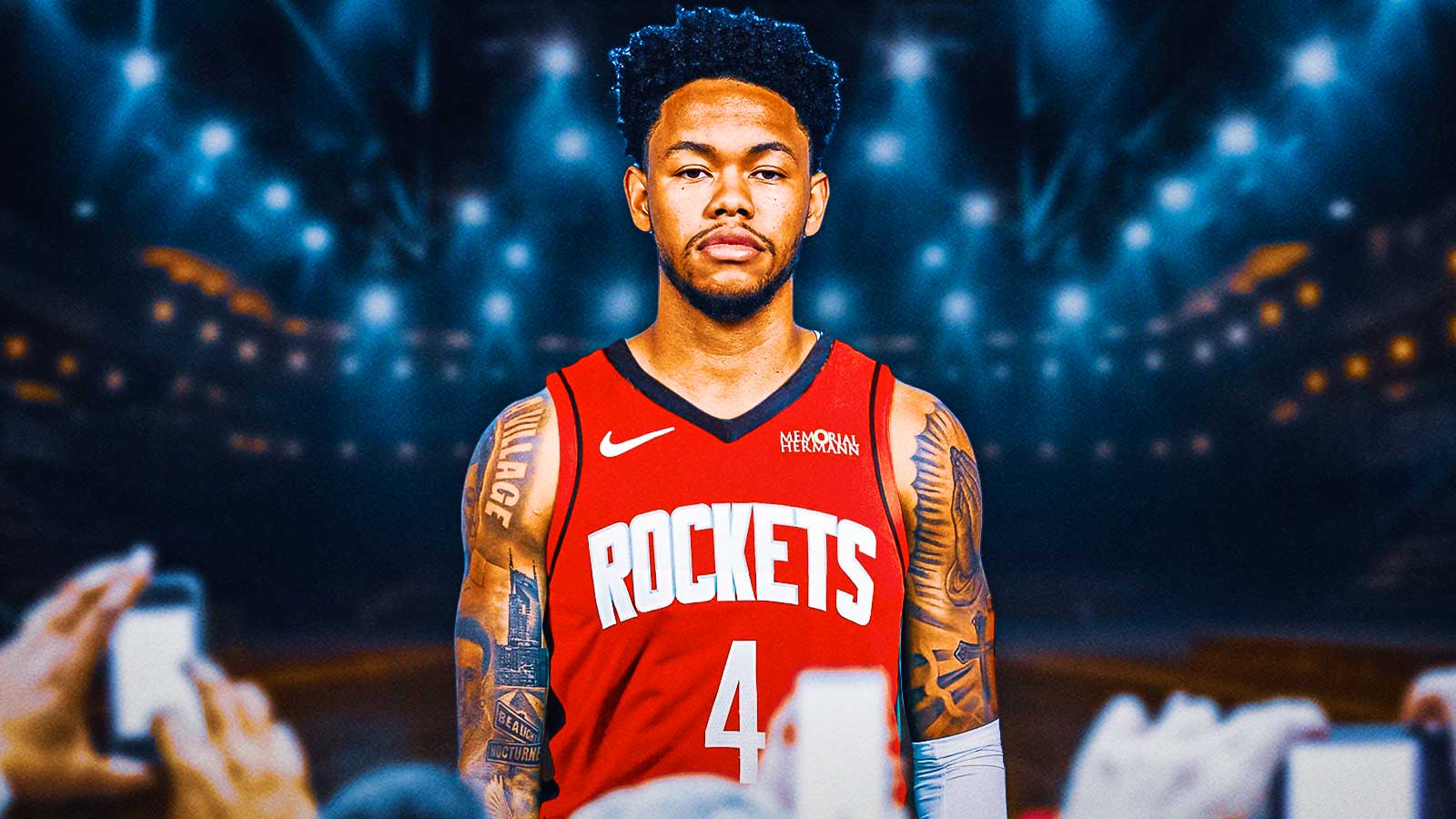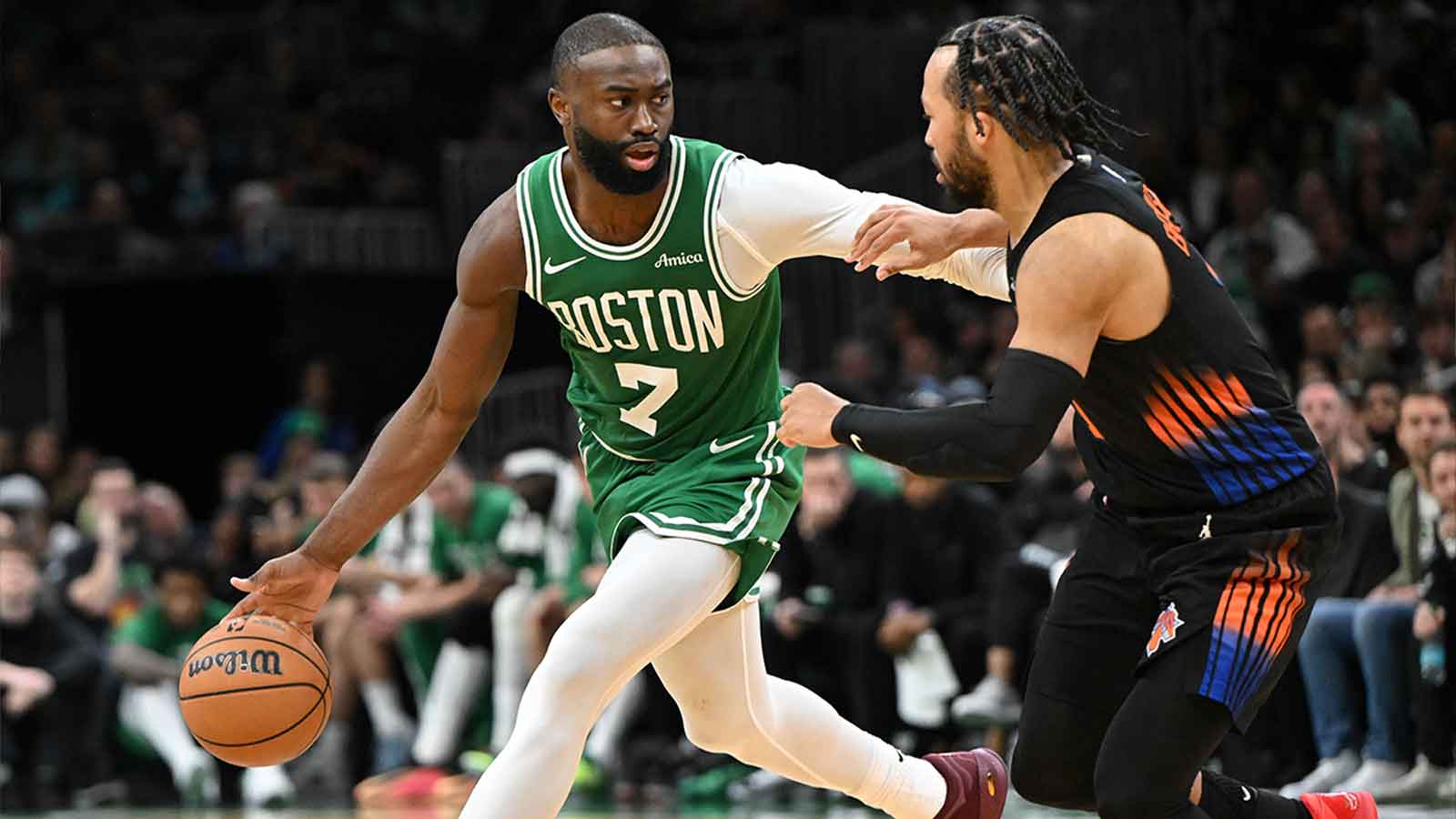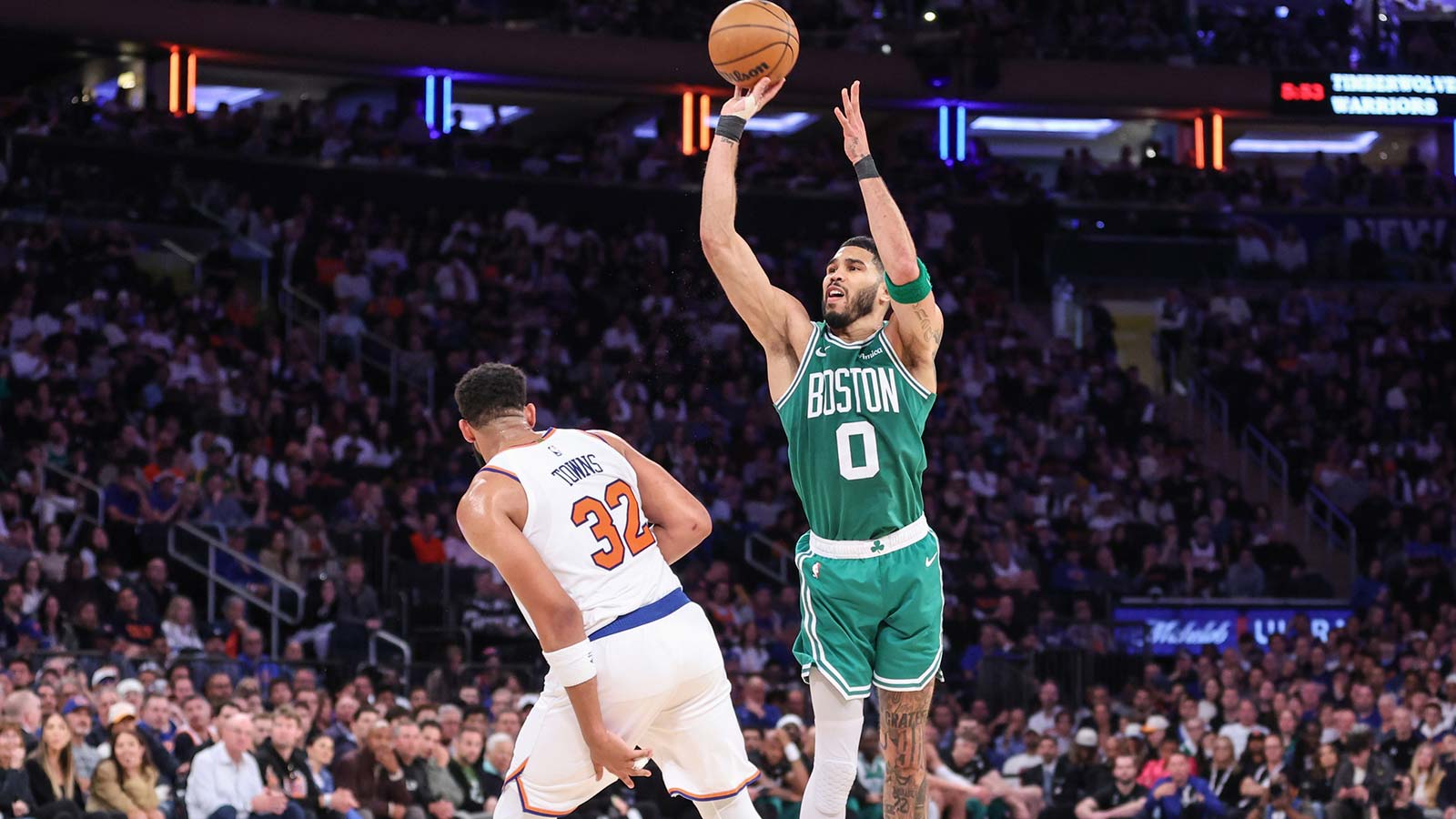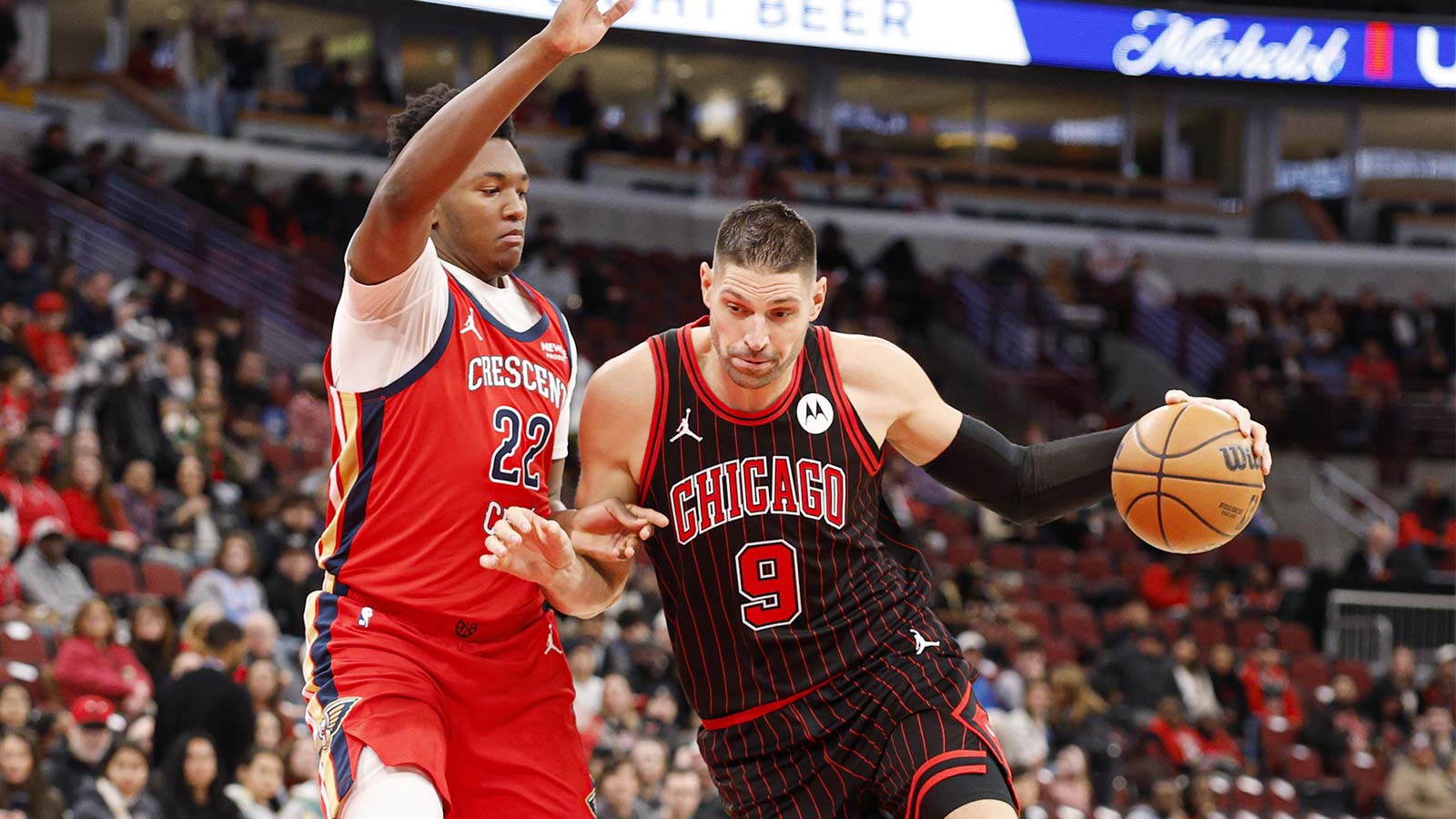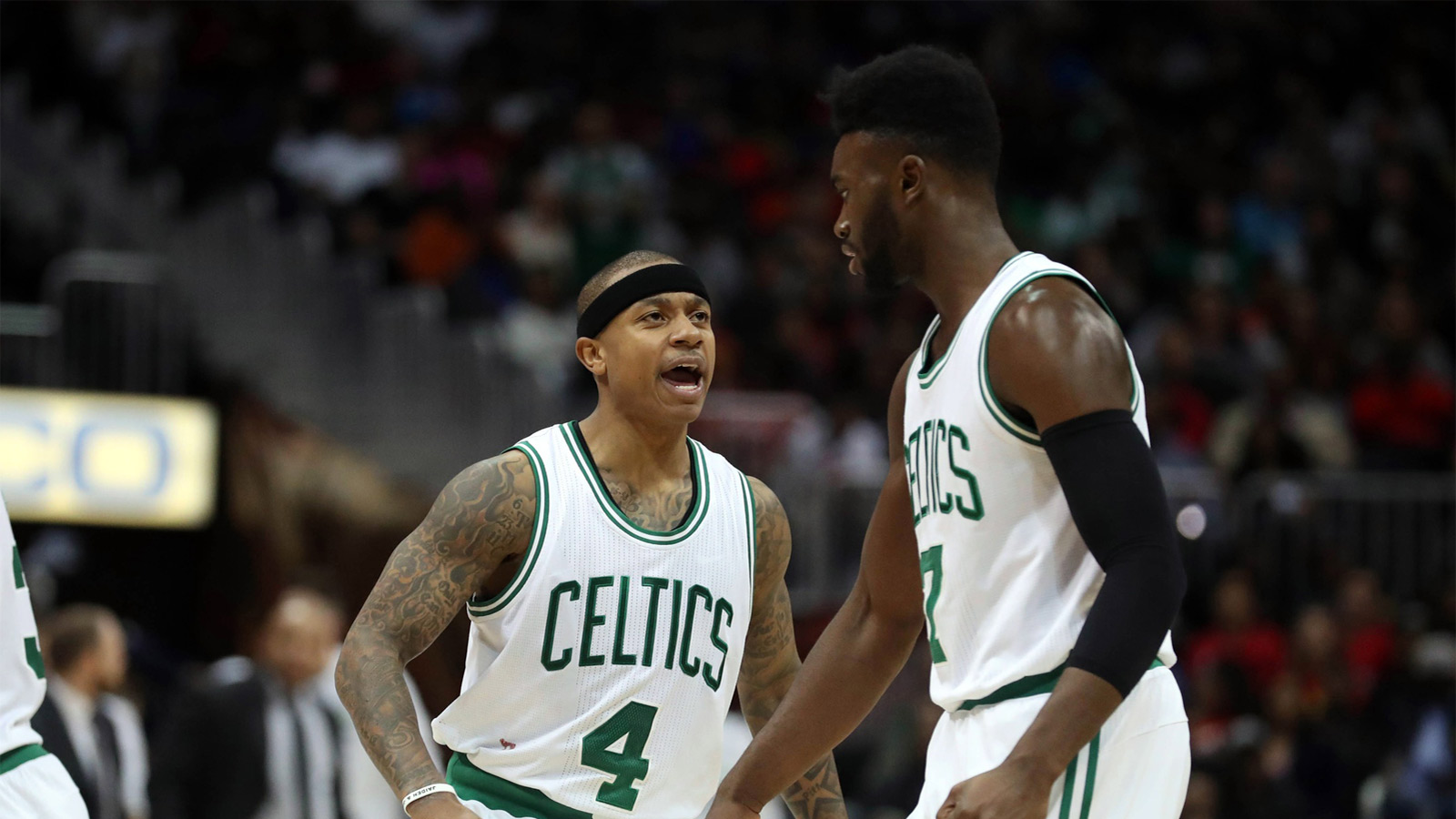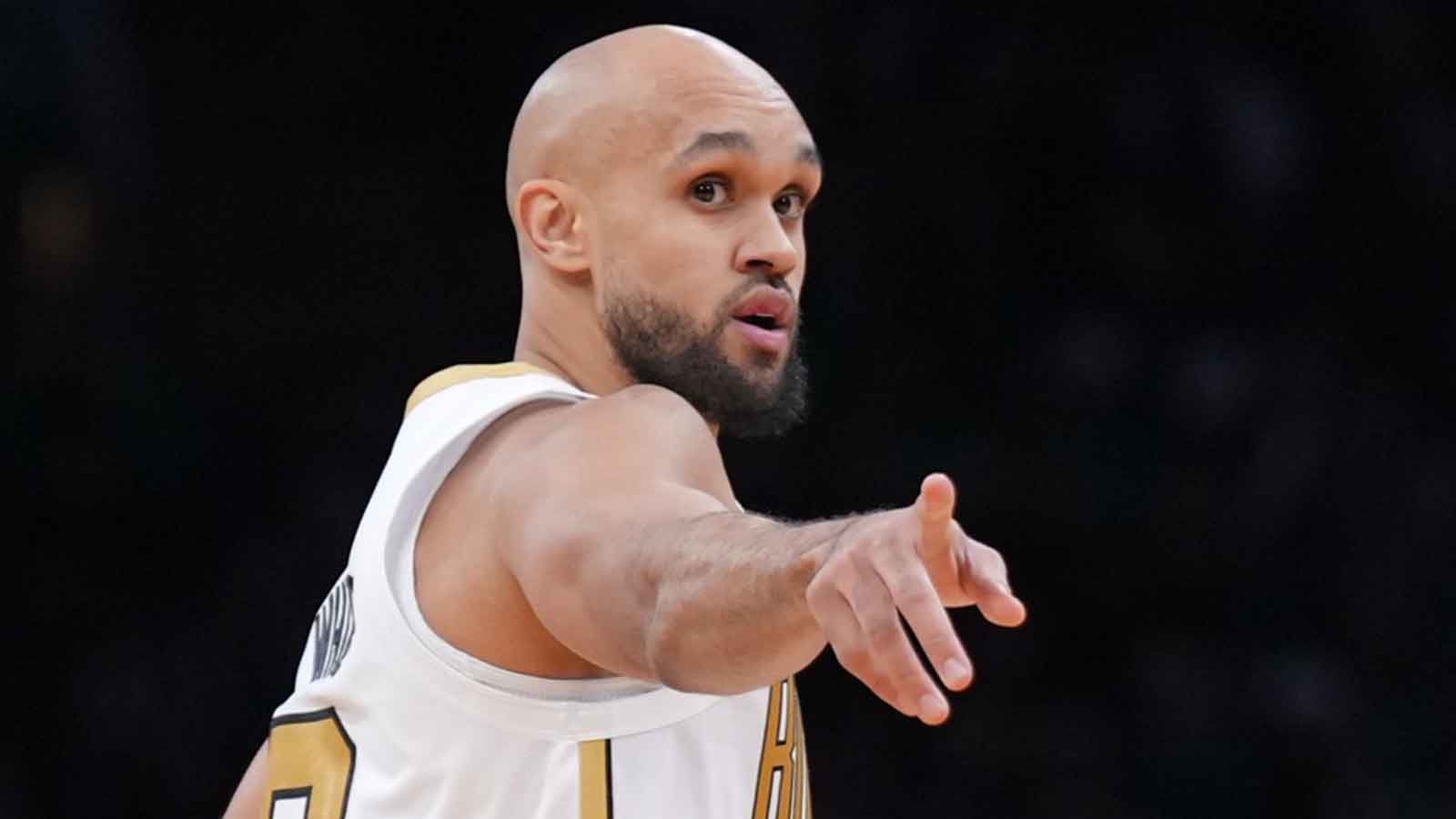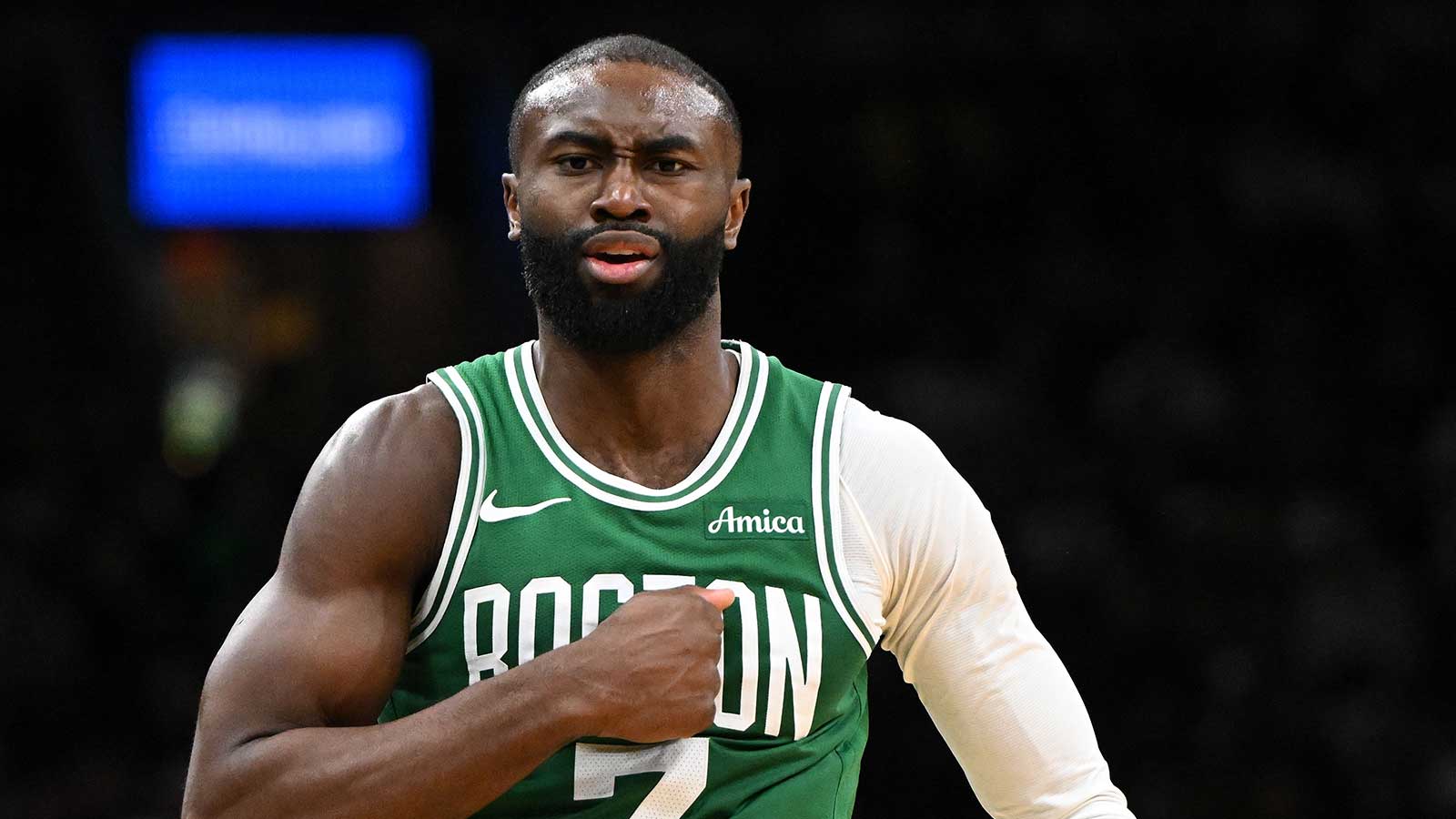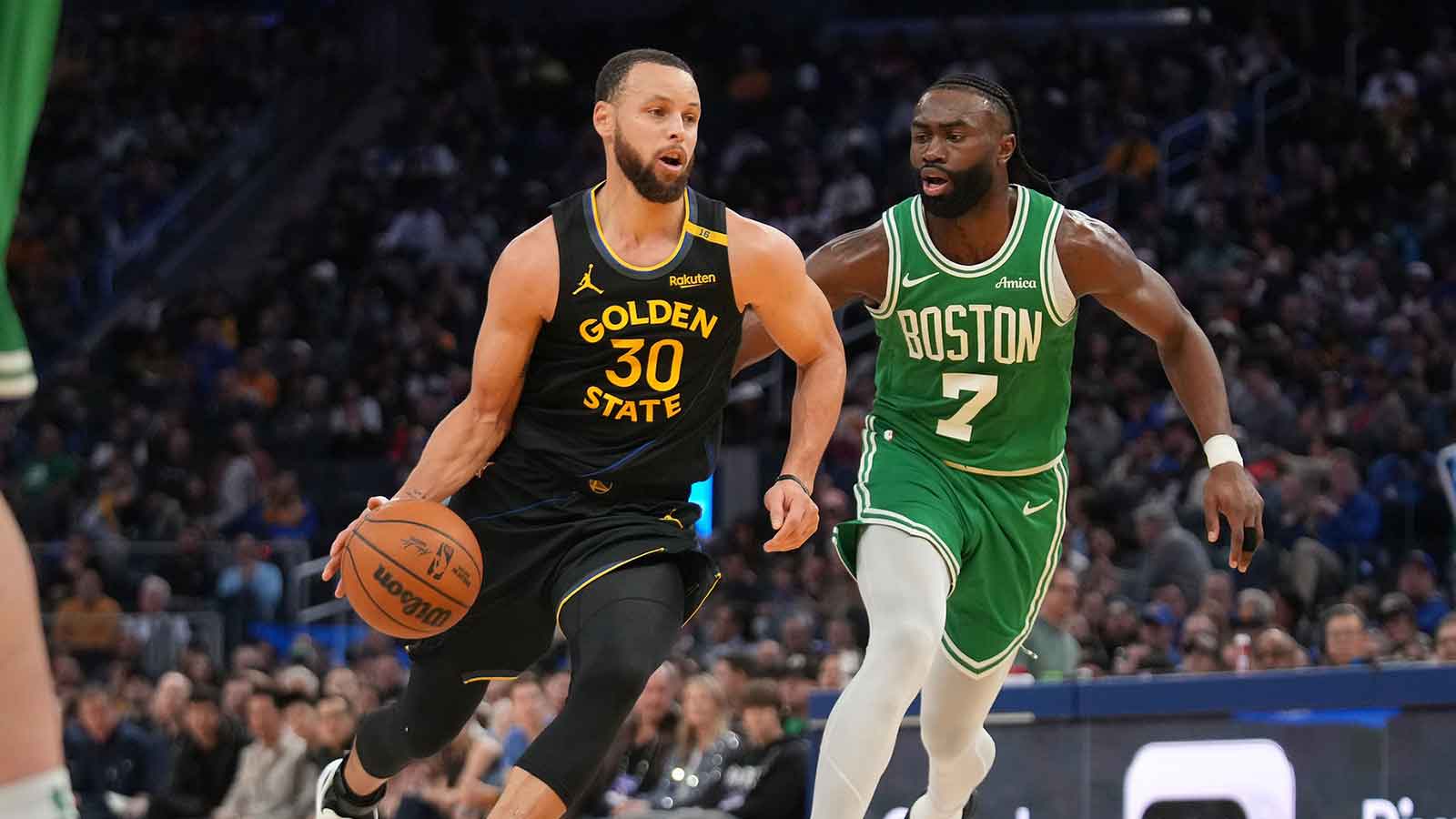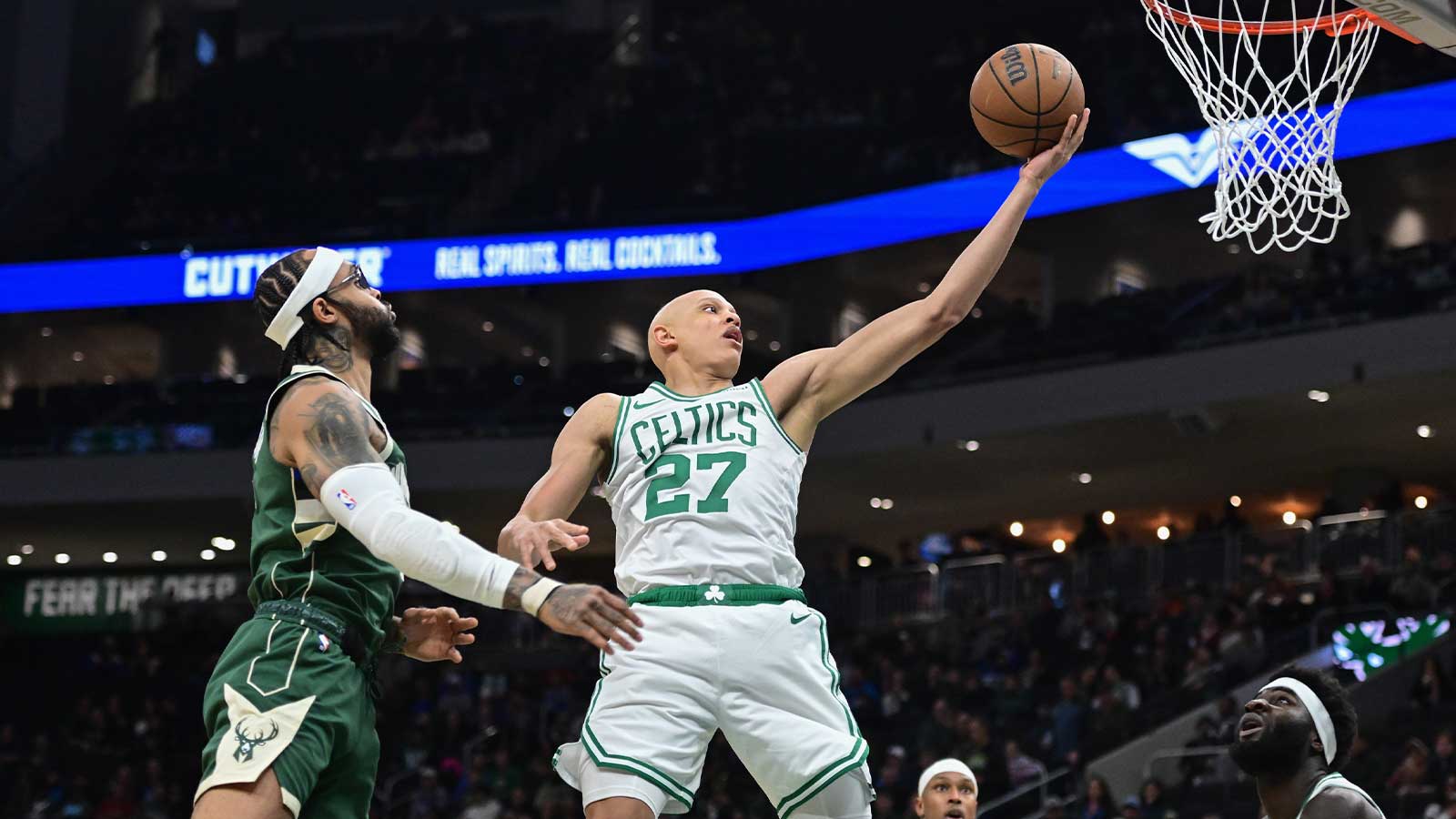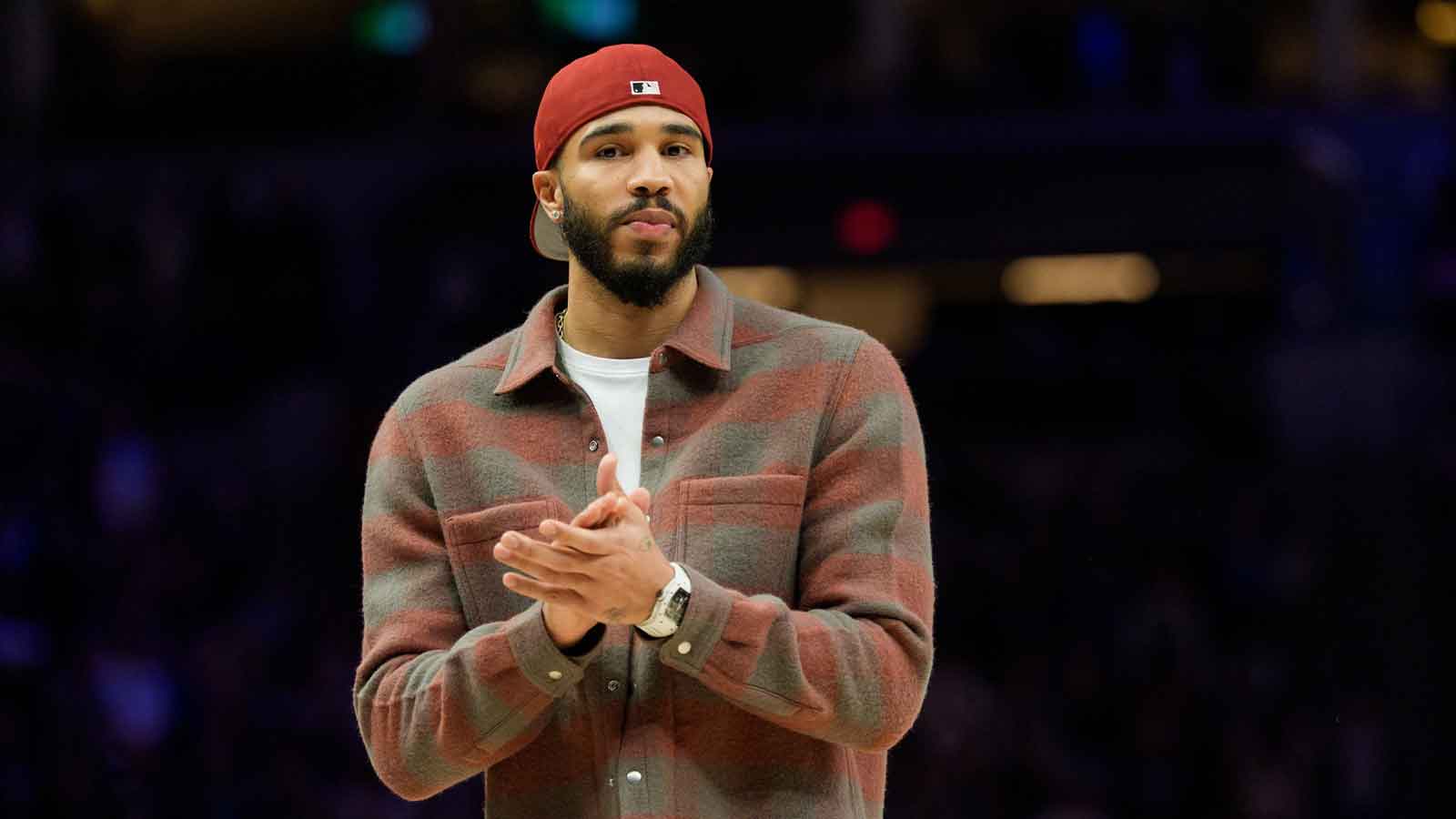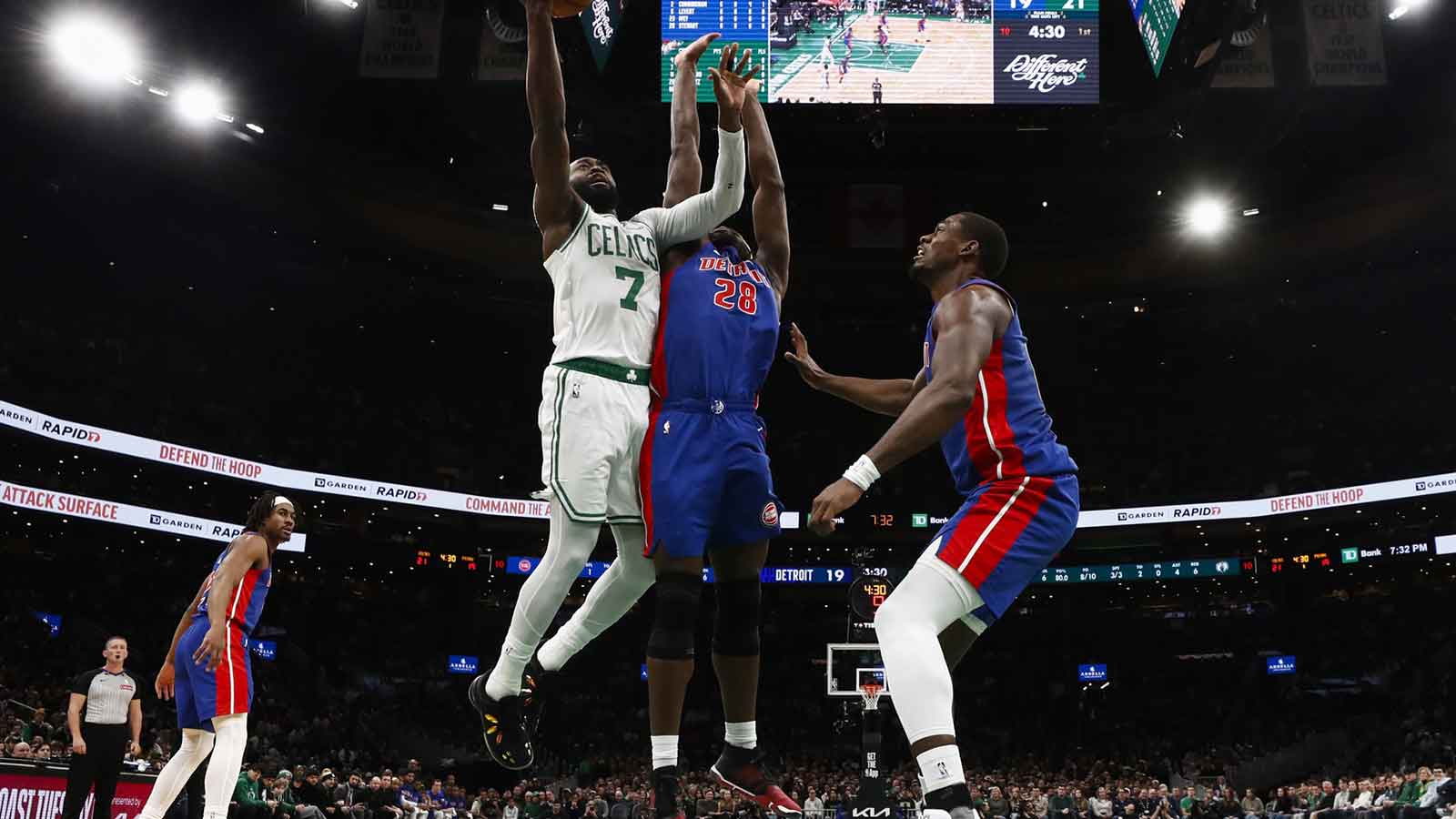In the aftermath of a gut-wrenching playoff exit and amid a backdrop of escalating financial pressure, the Boston Celtics have already made the boldest move of the 2025 NBA offseason: retreating strategically. By trading away Jrue Holiday and Kristaps Porziņģis, the Celtics voluntarily downgraded their top-end talent in a calculated effort to duck under the punishing second apron in the NBA’s new collective bargaining agreement. But their offseason work is not yet complete.
The Celtics currently have 14 standard contracts and three two-way players. With one roster spot remaining, they must make a pivotal decision, one that won't make headlines but might make or break their upcoming campaign.
With Jayson Tatum reportedly likely to miss the entire 2025-26 season due to an Achilles injury, the margin for error is gone. The Celtics can no longer rely on pure talent to win games. Instead, they must turn to system cohesion, smart internal development, and role-player elevation. This reality thrusts two unlikely names into the spotlight: Neemias Queta and Kendall Brown.
Choosing between them or shaping roles around both represents the final strategic chess move Boston must make before the regular season begins. That choice will determine whether the Celtics remain contenders or become an early lottery team in a brutal Eastern Conference.
Option 1: Neemias Queta-the anchor Boston might need
Neemias Queta isn’t new to the Celtics, but 2025-26 may be the year he finally matters.
The 7-foot Portuguese big man has carved out a respectable role in limited minutes over the last two seasons. He’s efficient (64.8 FG%), strong on the boards, and provides something Boston desperately lacks: interior presence.
In 13.3 minutes per game, Queta averaged 5.2 points, four rebounds, and 0.7 blocks. But per 36 minutes, that scales to a much more impactful 14.1 points, 10.8 rebounds, and 1.8 blocks. His rim deterrence is subtle but vital: opponents shot over 9% worse at the rim when guarded by Queta last season.
Give me 82 games of Neemias Queta hoops next season.
pic.twitter.com/NNSZDKRuqa— CelticsGlobe (@PlayoffCeltics) July 4, 2025
With no true center on the roster capable of playing 25-30 minutes a night, Queta could be thrust into a starting role, not by default, but by necessity.
The Upside:
Queta’s emergence would solidify Boston’s backline. He wouldn’t need touches, which fits an offense already struggling with shot distribution. He could be the vertical lob threat that Simons and White need to unlock the pick-and-roll. And most importantly, he can clean the glass and keep Boston from getting bullied inside.
The Risks:
Queta lacks lateral quickness, and in today’s switch-heavy NBA, that matters. He can be hunted in space. His offensive skill set is also limited: no real jumper, low free-throw percentage, and a tendency to disappear on offense. If he can’t stay on the court against smaller lineups, Boston might be in trouble.
Option 2: Kendall Brown – A wildcard wing with untapped potential
Then there’s Kendall Brown.
Once a top high school prospect and standout at Baylor, Brown has struggled to latch onto an NBA roster. But his 2025 Summer League performance changed that. He played in all five games for Boston, scoring in double figures four times while shooting a blistering 69% from the floor in just 15 minutes per game.
I don’t think it’ll be with the Celtics, but I believe Kendall Brown should get a deal somewhere. Plus athlete with a bounce to his game, has shot it well this SL, good energy on defense. I also really like his finishing ability. pic.twitter.com/mdExsVkUlh
— Robby Fletcher (@RFletcher_VT) July 18, 2025
Brown isn’t flashy, but he’s hyper-efficient, knows how to move without the ball, and defends multiple positions. At 6'8″ with elite athleticism, Brown could become the kind of versatile, energy-forward Boston sorely needs with Tatum sidelined.
The Upside:
Brown offers positional versatility. He can guard 2-4, leak out in transition, and make timely cuts that open up space for shooters. Unlike Queta, Brown can play in small-ball lineups and doesn’t compromise spacing. He also costs virtually nothing, a valuable trait for a team trying to duck under the tax apron.
The Risks:
Brown is still raw. He’s not a shooter (career 24% from three) and doesn’t create his own offense. He’s also undersized to play the 4 full-time and lacks the frame to battle inside. His Summer League success may not translate against real NBA competition.
The fallout of financial clarity
The Celtics’ offseason has been dominated by one theme: fiscal sanity. Gone are All-Defensive guard Jrue Holiday and unicorn big man Kristaps Porziņģis, traded in separate moves that returned younger, cheaper talent like Anfernee Simons and Georges Niang.
These decisions were not talent-maximizing in the traditional sense, but they were necessary. Under the new CBA, teams operating above the second tax apron face severe limitations, from being unable to aggregate salaries in trades to losing access to key roster-building tools. Boston, having won its record-setting 18th championship in 2024, could not afford to mortgage its long-term future to chase another ring with an increasingly brittle core.
So they pivoted. And now the Celtics sit just over the second apron with one move to go, likely a salary dump or roster cut, to duck under the threshold.
Yet numbers only tell part of the story. With Jayson Tatum sidelined, the Celtics must compensate for the absence of their 27-point-per-game scorer, late-game closer, and team leader. They can’t replace him, but they can build around cohesion, youth, and system flexibility.
Understanding the weaknesses of the current roster
On paper, the Celtics still boast playoff-caliber talent. Jaylen Brown, Derrick White, Anfernee Simons, Payton Pritchard, and Sam Hauser can all shoot and defend in spurts. But paper doesn’t win games.
Boston’s weaknesses are now glaring and multidimensional:
-
Rebounding and rim protection: With Porziņģis gone and no elite big man replacement in tow, the Celtics are severely lacking in verticality, shot-blocking, and rebounding. Opponents will feast in the paint unless someone steps up.
-
Playmaking and offensive initiation: Tatum’s injury leaves Boston with no true offensive engine. Simons and White are score-first guards, and Brown has never been a consistent creator for others.
-
Wing Depth: The Celtics’ once-formidable wing rotation is now thin. With Tatum out and Holiday gone, the Celtics lack defensive stoppers and athletes to throw at elite opposing wings.
These structural vulnerabilities make the fifth starter decision more than cosmetic; it’s central to the identity of this team.
Which path should the Celtics choose?
The Celtics have a philosophical choice to make.
If they choose Queta, they opt for rim protection and rebounding, a traditional fix to a very real problem. His presence helps on the glass, in drop coverage, and gives the Celtics a reliable backline anchor. Queta’s development also fits Boston’s long-term goals, especially with Robert Williams’ health in perpetual doubt.
If they choose Brown, they embrace versatility and athleticism. They lean into the modern NBA’s wing-heavy paradigm and look to switch, scramble, and out-run opponents. Brown’s ceiling is higher, but his floor is lower. He’s a developmental bet, a move that signals a reset season rather than a “win-now” mentality.
There’s no perfect answer. But the Celtics don’t need perfect; they need balance.
A third path: Use both, but shape the rotation
Boston should experiment rather than lock either into a rigid starter role. Play Queta as the nominal starter in traditional matchups and give Brown the nod when speed and switching matter more. Positionless basketball isn’t a trend; it’s reality.
A staggered rotation allows Boston to survive until midseason, reassess its standing, and perhaps explore trades around the February deadline. If Brown flourishes, he could become a long-term asset. If Queta emerges, he stabilizes the team's interior and buys time until Robert Williams is healthy.
With limited financial maneuverability, the Celtics must extract value from within their organization. That’s not romantic—it’s real.
In a world that measures NBA offseason success by splashy transactions and superstar drama, the Boston Celtics have chosen pragmatism. And now, with one move left, they must make it count.
Choosing between Neemias Queta and Kendall Brown may not excite fans or make headlines. But the final roster spot holds immense weight for a Celtics team redefining its identity in the wake of injury, age, and economics.
If they get it right, the Celtics won’t just survive 2025-26, they might rediscover the gritty, team-first ethos that made them champions in the first place.

